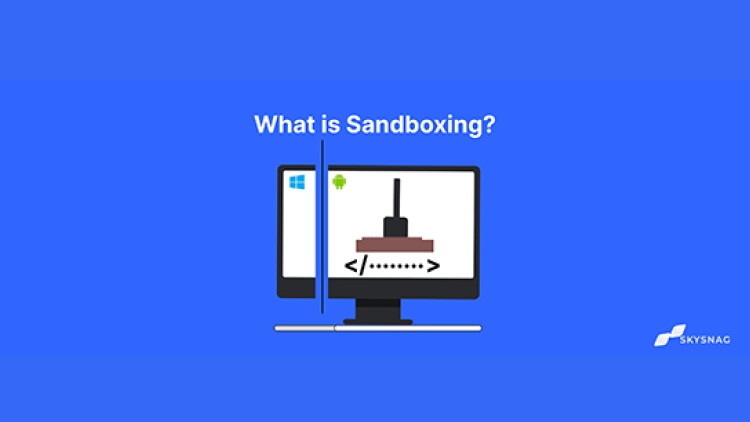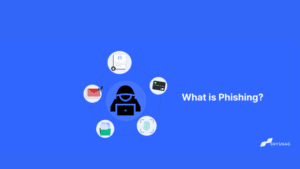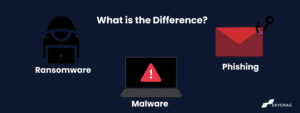What is Sandboxing?

Cybercrime is becoming more strategic and deadly every day, employing advanced assault methods and hackers continually coming up with new ways to introduce malware and compromise data.
Maintaining operational security as a result of a growing reliance on the Internet and cloud-based services is one of the main cybersecurity concerns that small and mid-size businesses face.
In this article, we will be looking and what Sandboxing is and why is it important. Let’s dive right in:
What is Sandboxing?
Sandboxing is the process of isolating a program from other applications in a different environment so that any faults or security flaws will not spread to other parts of the computer.
How Sandboxing Works.
Sandboxing involves creating a secure test environment, or “sandbox,” and infecting it with malware or malicious code. After the mock test is over, the underlying behavior patterns are scrutinized and categorized as “safe” or “unsafe.”
While most security methods take a reactive strategy, sandboxing takes a proactive approach by looking for both established and emerging patterns. This increases security and guards against numerous vulnerabilities, including zero-day exploits.
For security reasons, it is more crucial to guarantee a completely isolated sandbox because malware has a tendency to aggressively and continuously explore networks for loopholes.
Why is Sandboxing Important?
Sandboxing offers essential security on both appliances or in the cloud. Some threats, for instance, might not crash your system or have immediately obvious impacts, but they might gradually lower your network’s performance, slowing down operations and squandering valuable staff time. You can prevent these dangers with sandboxing, keeping your system functioning as it should.
Sandbox application examples
Here are a few potential examples of using Sandbox:
- Browsers: A proper browser can operate independently inside the sandbox. This is a website that can take advantage of the web browser’s flaw. If you use this, your damage will be reduced.
- Software protection: Skysnag’s automated domain tools help to successfully monitor every aspect of your email authentication and enforce powerful and effective protection from phishing attacks.
- Security analysis: The sandbox is mostly used by information security experts to find harmful programs. In order to track changes and additional items that either need to be installed or not, security tools can also visit websites.
Conclusion
As phishing continues to increase, you must ensure your domain is well-protected. Skysnag provides you with Automated DMARC reports that save you time from reading lengthy, perplexing reports while encrypting sensitive information in your emails. Control everything with Skysnag and maintain a healthy domain. Get started with Skysnag and Sign up for a free trial today.





